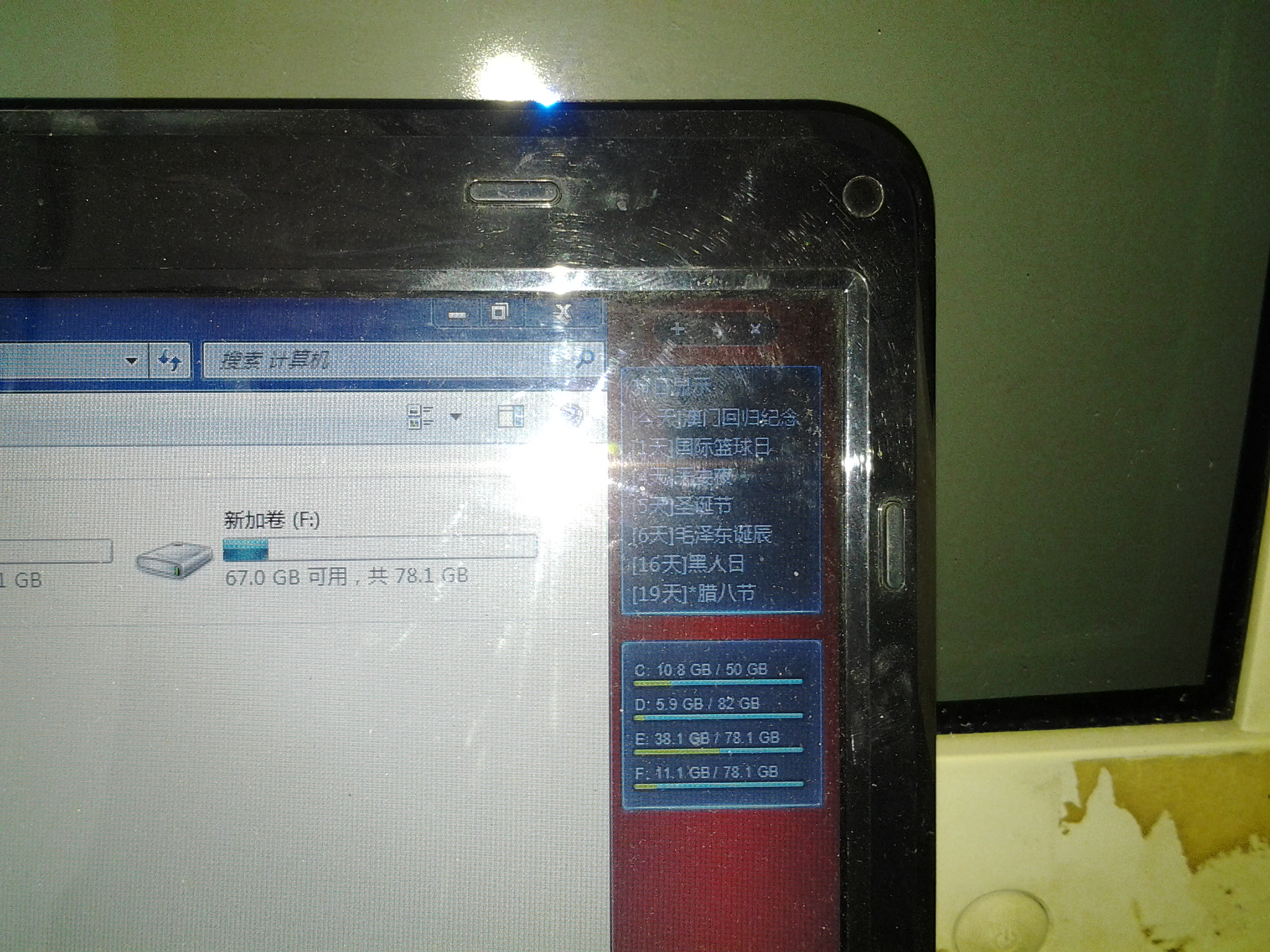当前位置:编程学习 > C#/ASP.NET >>
答案:方法1.
首先:在.aspx页:
<HEAD>
<title>
<%=PageTitle %>
</title>
。。。。。。。
</HEAD>
其次:在.aspx.cs页:
public class news_view : System.Web.UI.Page
{
。。。。。。。。。。。。
//用于动态设置页面标题
protected string PageTitle;
。。。。
private void Page_Load(object sender, System.EventArgs e)
{
。。。。。。。
//动态设置网页的标题title为显示页内容的“标题”
PageTitle=lblBiaoTi.Text;
。。。
注意:这里的lblBiaoTi是一个Label控件,也可以是TextBox控件或其它服务器控件。
PageTitle=lblBiaoTi.Text;句之前lblBiaoTi的Text属性一定要被赋过值。
方法2:利用Literal控件
首先:往.aspx页中拖入一个Literal控件。ID设为PageTitle。
其次:进入.aspx的HTML页面,将刚加的Literal控件的代码完全剪切并粘贴到 <title> 和 </title> 之间。
最后:在.aspx.cs页面的适当位置,如PageLoad函数中设置PageTitle的值。
示例:
在.aspx中:
<Head>
<title>
<asp:Literal id="PageTitle" runat="server"> </asp:Literal>
</title>
在.aspx.cs中:
public class news_view : System.Web.UI.Page
{
。。。。。。。。。。。。
//用于动态设置页面标题
protected string PageTitle;
。。。。
private void Page_Load(object sender, System.EventArgs e)
{
。。。。。。。
//动态设置网页的标题title为显示页内容的“标题”
PageTitle=lblBiaoTi.Text;
。。。
注意:这里的lblBiaoTi是一个Label控件,也可以是TextBox控件或其它服务器控件。
PageTitle=lblBiaoTi.Text;句之前lblBiaoTi的Text属性一定要被赋过值。





